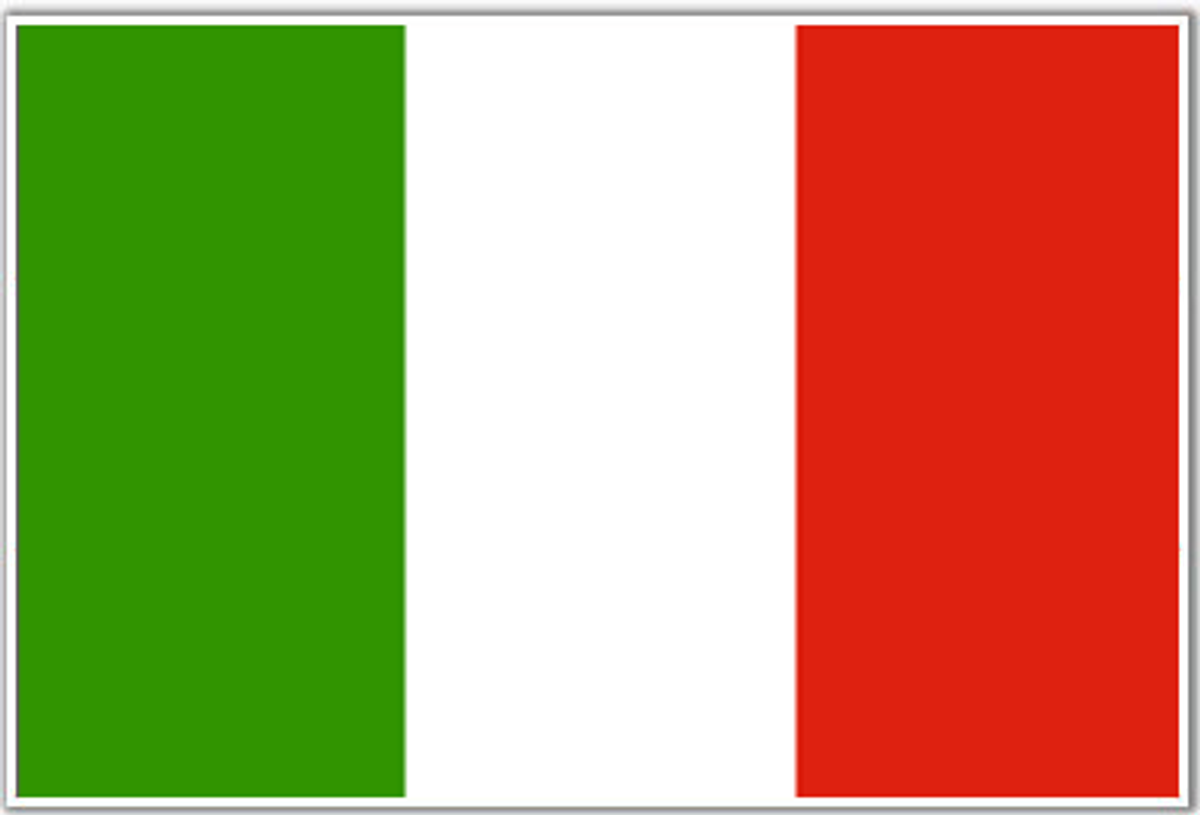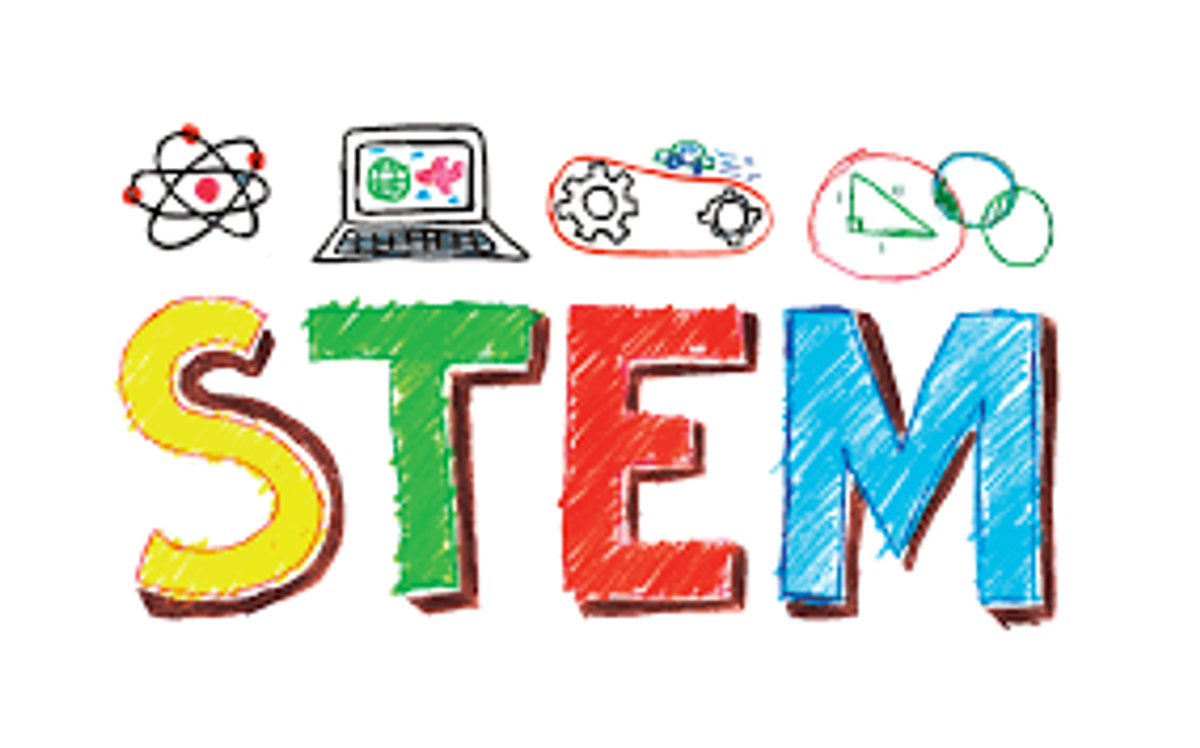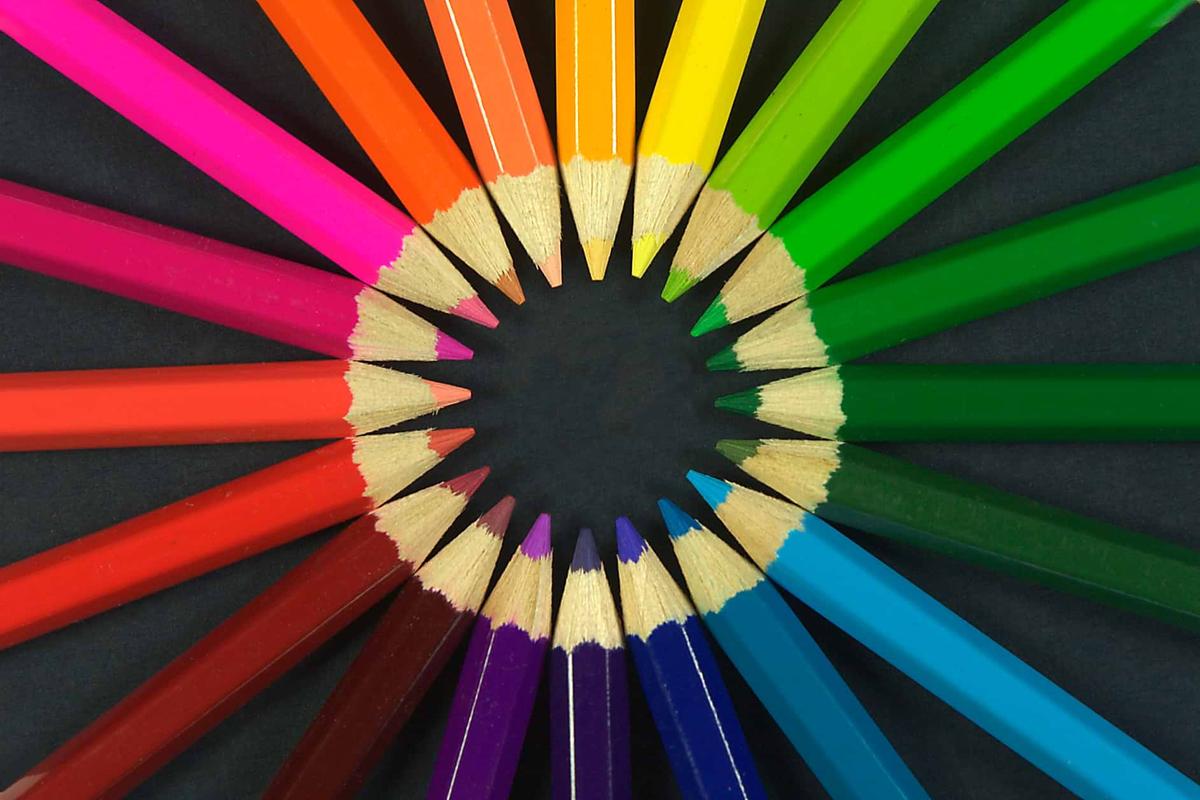Enrichment Team Newsletter
Starting Term 2

Enrichment Team Newsletter
Starting Term 2
We hope you all had a wonderful holiday and are all rested and ready for the term ahead! This newsletter outlines the learning that will take place within the Enrichment program in term 2.
_________________________


Italian
Ciao a tutti! Benvenuti to Term 2!
During term 2, foundation students will learn that Italy is a country and that Italian is the main language spoken. Students will learn to recite the numbers 1 to 10 in Italian and play games including; counting games, sort and order games and number games like Tombola.
Grade 1/2 students will continue to use the appropriate greetings when interacting with their teachers and peers. They will begin to develop an understanding of grammar by noticing definite and indefinite articles with nouns, for example, la casa, una casa; il giardino, un giardino. Students will also learn simple verbs to describe actions and use them in their oral conversations.
Grade 3/4 students will form simple sentences by observing gender in patterns of naming, for example,Paolo/Paola and Alessandro/Alessandra. They will experiment with pronunciation and intonation of the Italian language by noticing the differences between statements, questions, exclamation marks and commands.
Grade 5/6 students will compare some Italian cultural practices and events such as greetings, mealtimes, school or family routines compared to their own. They will observe and report on the Italian language present in the Australian community, for example, noticing public signs, texts and computer games in Italian.
Signora Nichola
______________________
Physical Education (P.E.)
Welcome back to Term 2! Once more we look forward to an action packed term in P.E focusing on improving our physical fitness, sporting abilities, game sense and sporting etiquette.
In Prep and Grade 1/2 students will be taking part in lessons that will look at what happens to our bodies when we exercise, what physical changes we experience, and how does physical activity affect our emotions. Students we also continue to work on fundamental motor skills including catching, punting and kicking and also looking at games and activities from other cultures and what similarities and differences they may share.
In Grades 3-4, students will be learning how to play invasion games including netball and European handball with a focus on attacking and scoring. Students will also look at fitness circuits and how they are beneficial in maintaining health and fitness, as a part of these lessons students will be planning and implementing fitness circuits to be run within their classes for others to participate in. Students will also learn and develop skills in athletics including, shot put, discus and long jump
In addition, the students in Grades 5/6 will focus on invasion games/game sense based around a variety of sports including Netball, Volleyball, T-Ball and Soccer. This term grades 5/6 will also cover Fitness Circuits and athletics skills including shotput, discus, and long jumps along with the Grade ¾ students. Grade 5/6 also have the opportunity to participate in Interschool Sport against neighboring schools in the DPPSSA network.
A reminder that students must be dressed in appropriate sporting attire and stay sun smart by bringing a hat and water bottle to each lesson.
Aaron Valentine
P.E and Sport Coordinator


STEM stands for Science, Technology, Engineering and Mathematics. STEM learning involves scientific and technological understanding, as well as practicing hands-on skills through experimentation and design.
Prep students will observe changes that occur in the sky and landscape: day turning to night, the change of seasons, and the weather. They will represent their observed data as pictures or symbols, and create a digital weather report that recommends suitable attire and appropriate activities.
Students in grade 1/2 will study the science of our cities, exploring Melbourne’s features that allow so many people to live here successfully. Transportation is important for residents and businesses to navigate cities, but natural landscapes can add complications to road and rail routes. Students will learn that materials have properties that make them suitable for particular uses, and that materials can be physically changed through different actions, for example, bending, stretching and twisting. They will use their knowledge of materials and their properties as they design a bridge to get over Kororoit Creek making links with the Design Technology curriculum.
Grade 3/4 students will learn about how the human body functions and identify the features that make us human. They will make models of body systems such as the digestive system, respiratory system and circulatory system. Students will discover that sometimes bodies do not work as they should due to illness or disability. Scientists try to find out how to cure illness and engineers invent ways to help people with disabilities. But is our world accommodating to people with additional needs?
Students in grade 5/6 will position the Earth as part of the Solar System, learning about its orbit, size and relative distance compared to that of other planets. Astronomers have explored our Solar System and beyond using satellites and telescopes. In 1974, the Arecibo message was sent into space to broadcast information about humanity using a binary pixel image. Students will create and code their own binary message, containing important information about themselves.Kim Miter _________________________


Visual Arts
Welcome back to term two, where there will be lots of new skills to learn in art.
During term two Foundation students will demonstrate the art skills of the collage technique, to create a picture representing ideas about self, home and their environment. They will use techniques including, cutting, tearing, chipping and tufting of paper to create a paper collage. Students will also experiment with materials such as paper, card and cardboard to construct simple standing 3d sculptures.
The focus for Grade 1/2 students this term is using materials in many ways to create artwork. Students will create a mixed media fantasy world inspired by the works of Friedensreich Hundertwasser. His work included the art elements of line, shapes and colour, which students will include in their own creations. They will continue to learn how to manipulate, join and use paper in different ways to create a standing 3d sculpture.
The focus for Grade 3/4 students this term is modelling and sculpture using salt dough and no fire clay. Students will identify how form and shape are used to create their 3d sculpture designs. Students will use a range of tools to practice moulding, shaping and joining air dry clay to create simple 3d forms
The focus for Grade 5/6 students this term is textiles. Students will explore and use a wide range of threads and textiles combined with other materials, to create multimedia artworks and stuffed toys. They will learn to thread a needle, and use a blanket and running stitch to join and decorate fabric.
Anna Ricci